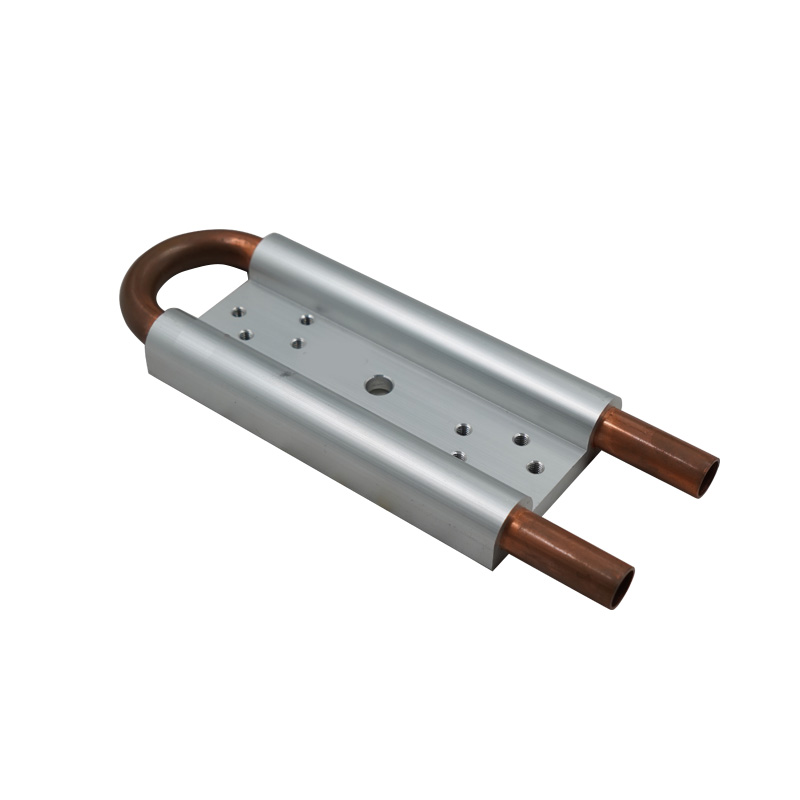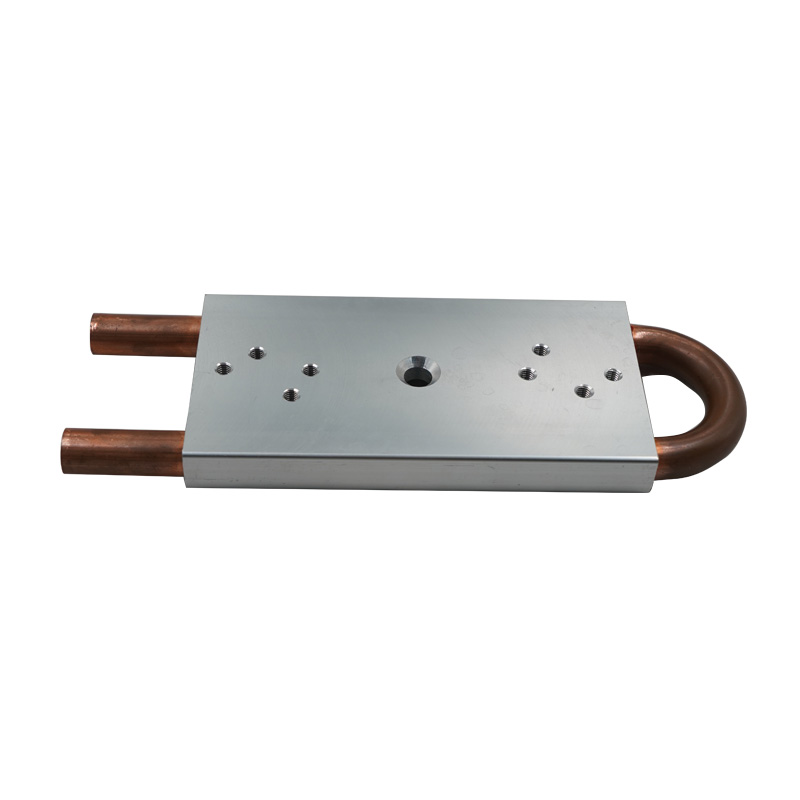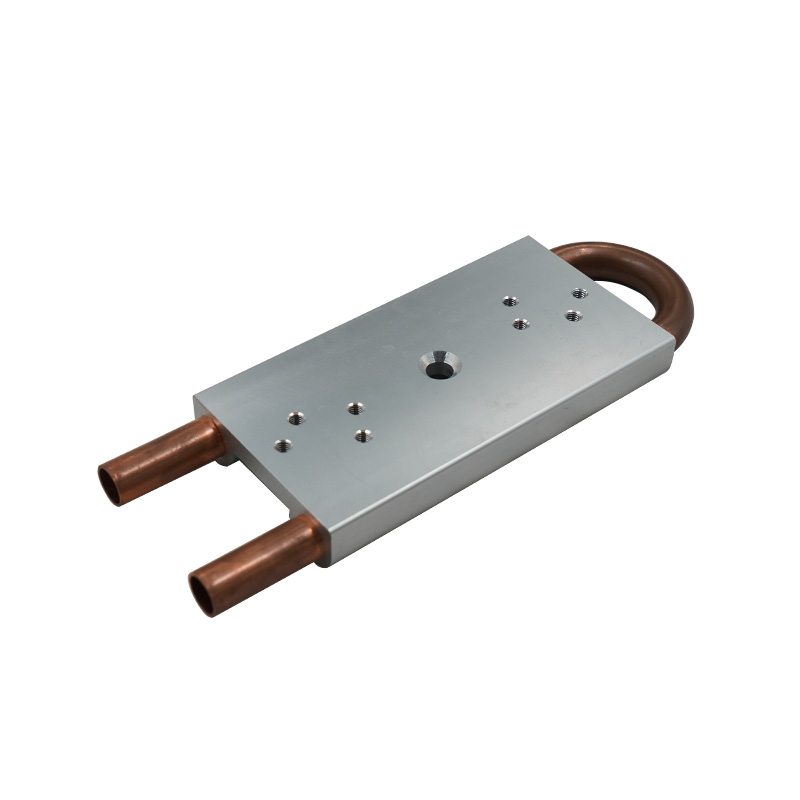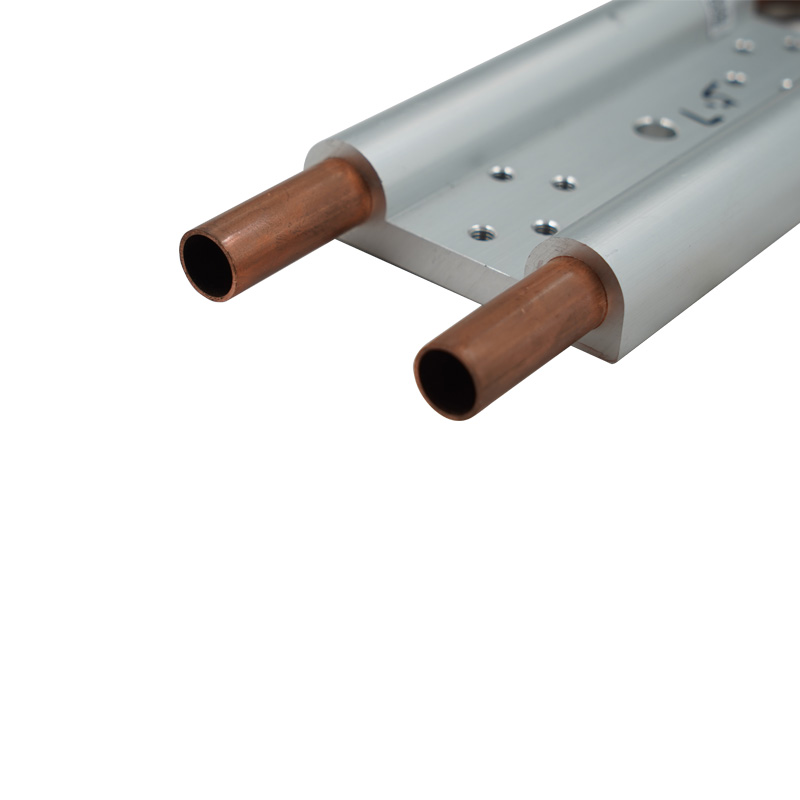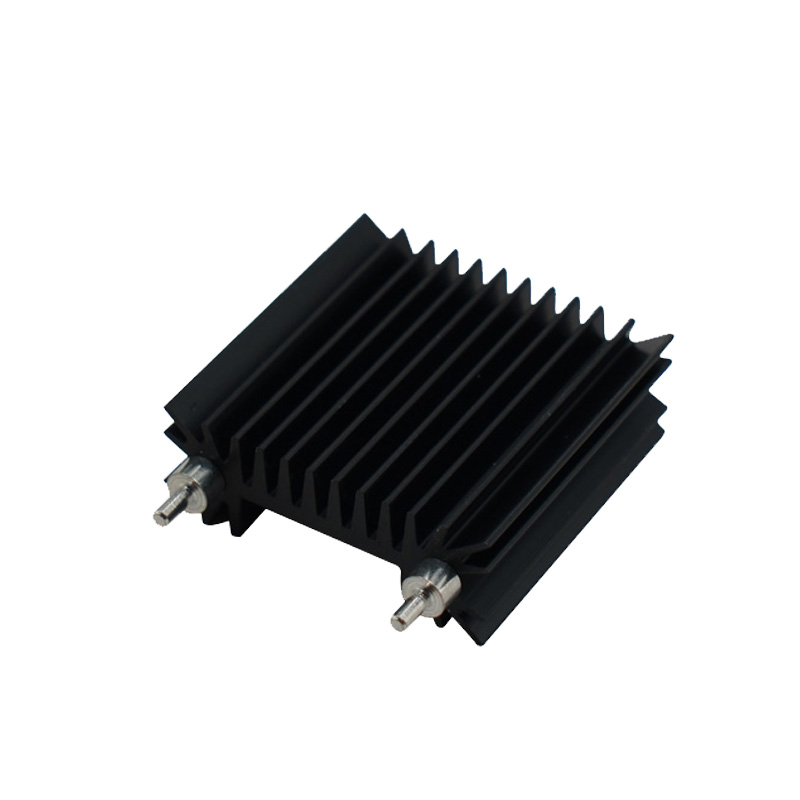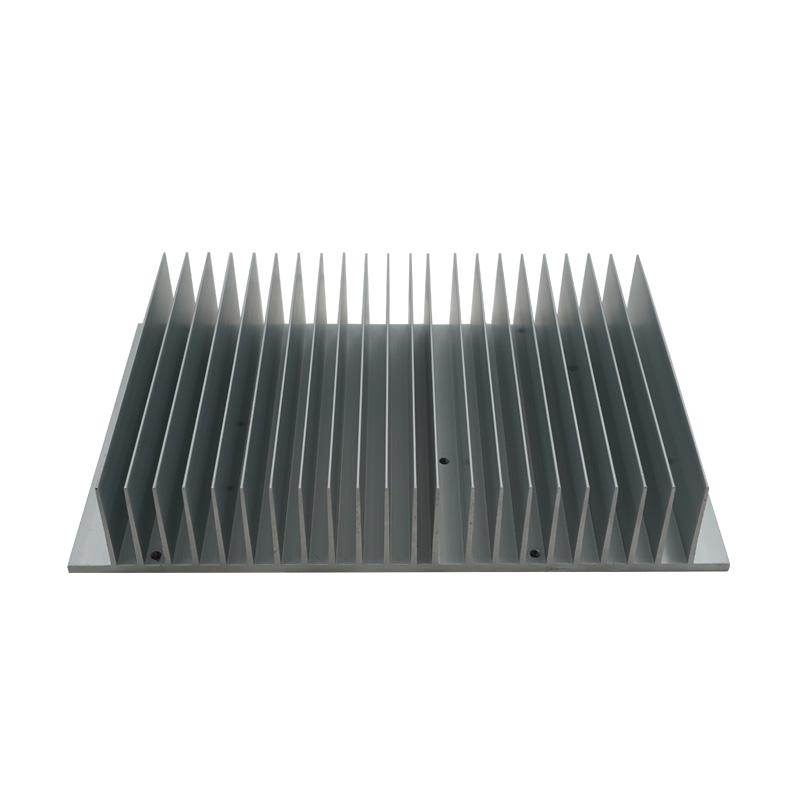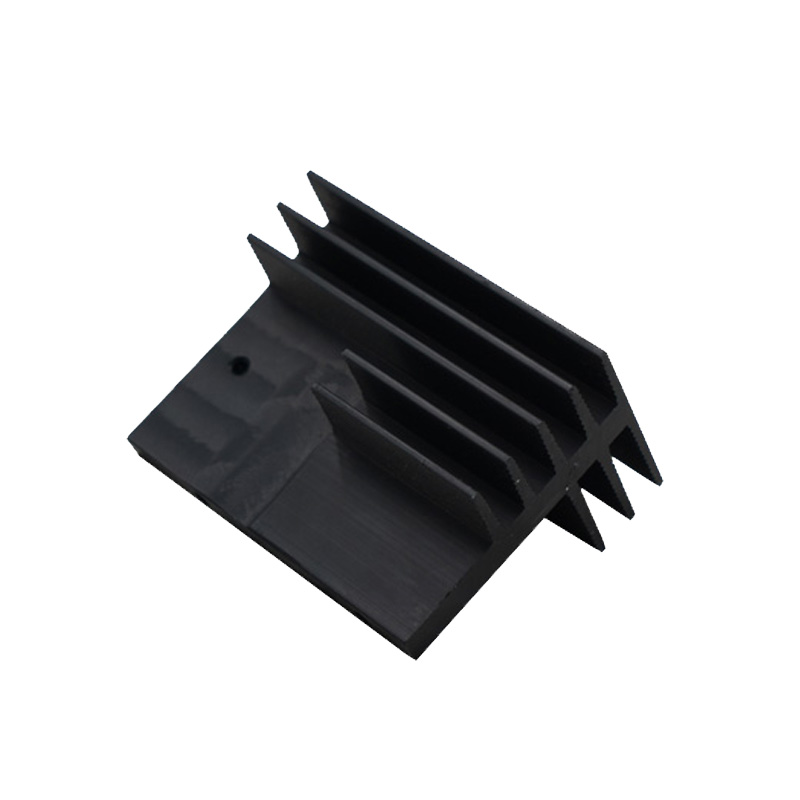
Heat Pipe Or Fin Air Conditioning Radiator
Air conditioning radiator available material diversity, new technology.
Fin radiators has high metal thermal strength, improve the economy of the radiator.
Air conditioner radiator
Air conditioner radiator is to distribute the heat generated during the operation of the air conditioner to the air through the fins, so as to ensure that the air conditioning system can continue to work stably.Due to its special position and critical function, the air conditioner radiator is easy to accumulate dust, dirt and other impurities, affecting the heat dissipation effect, resulting in increased energy consumption of the air conditioning system, and even causing faults
Types and functions of air conditioner radiators
Condenser, in cooling mode, cools high-temperature and high-pressure refrigerant gas into liquid and releases heat to the outside. Inside the outdoor unit. The structure is mostly fin radiators or tube type radiators (copper tube + aluminum fin), with fan forced convection heat dissipation.
Evaporator, in cooling mode, liquid refrigerant evaporates and absorbs heat, reducing the indoor air temperature. Inside the indoor unit. The structure is similar to the condenser, but the design is more compact to fit the indoor unit space.
Other types include: Plate heat exchangers, used in small air conditioners or heat pumps, small in size but high in efficiency.Microchannel heat exchangers, using flat aluminum tubes and louvered fins, lightweight and energy-saving (common in new energy vehicle air conditioners).
Fin radiators or Heat pipe radiators
Fin radiators
1.Fin radiators can be divided into winding fin type, string fin type, welding fin type and rolled fin type in terms of fin structure.
2.The thermal performance requires a high heat transfer coefficient K value, which increases the heat transfer coefficient of the fin radiator, increases the heat dissipation area of the outer wall, and improves the heat dissipation of the fin radiator.
3.In terms of economy, fin radiators are required to reduce metal consumption, reduce compression costs, and improve economic efficiency.
4.Fin radiators in terms of installation, use and process, the structural size should be compressed as much as possible, the mechanical strength and pressure-bearing capacity should be improved, and mass production should be achieved.
5.The appearance is smooth, does not accumulate dust, is easy to clean, and has high aesthetics.
and has high aesthetics. Long service life
Heat pipe radiators
Produced by improving the old radiator using heat pipe technology. Or improve the heat exchange product system to produce new products. There are two types of heat pipe radiators: natural cooling and forced air cooling. Air-cooled heat pipe radiators have small thermal resistance and heat pipe radiators are often used in high-power power supplies.





